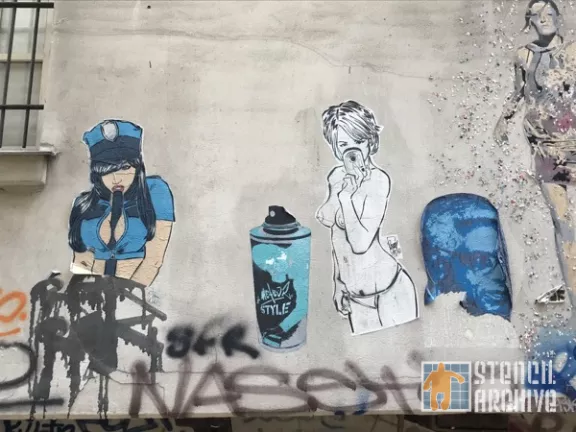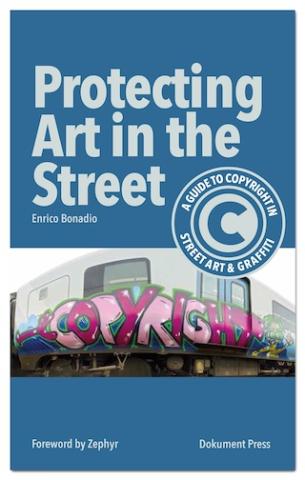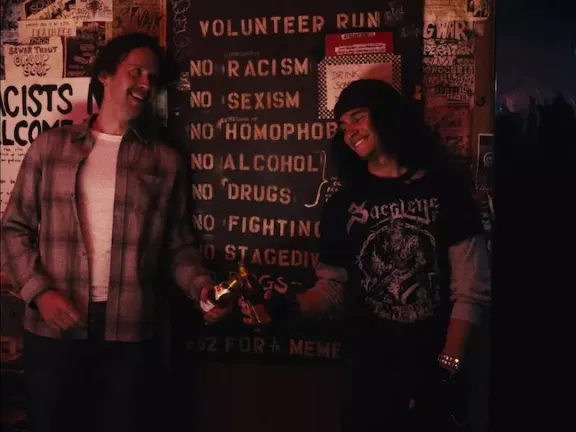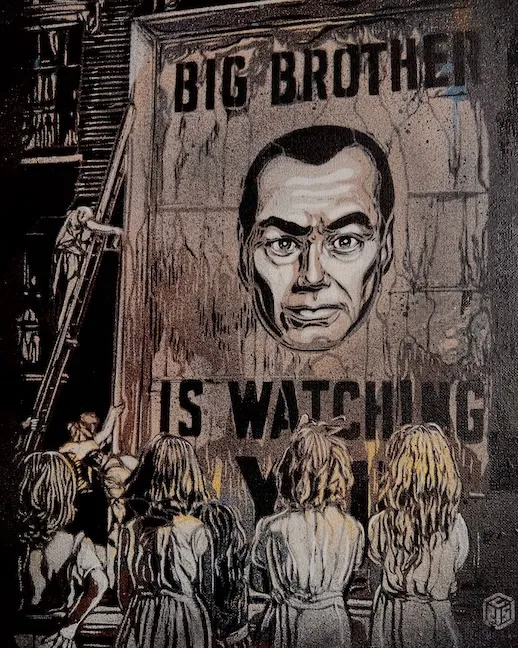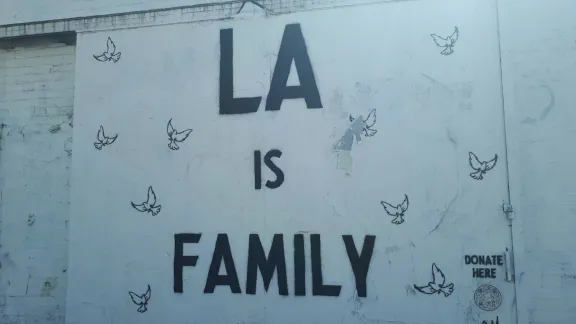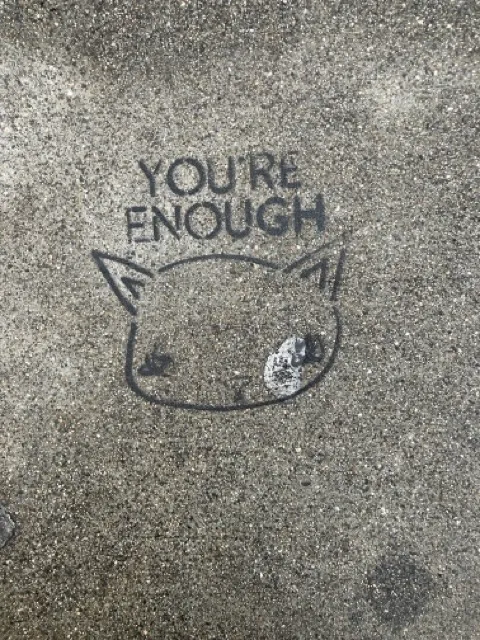Paris Cracks Down on "Tagging"
‘They act with total impunity’: Paris city hall declares war on graffiti vandals
Officials promise to track down and prosecute those who ‘tag’ city’s historic monuments, statues and grand buildings
Kim Willsher for The Guardian (LINK), April 17, 2025
In Paris’s central Place de la République, the magnificent lions at the feet of the statue of Marianne are once again covered in graffiti.
Along the nearby Boulevard Saint-Martin – part of the Grands Boulevards that bisect the north of the city – the trunk of every plane tree has been crudely sprayed with a name.
The front of majestic stone apartment buildings, some dating back more than 200 years, are similarly “tagged” with stylised initials or names. So are the benches, flower boxes, front doors, post boxes and the plinth under the bust of the half British 19th-century playwright Baron Taylor. In fact, anything that does not move has been tagged.
Now Paris city hall has declared war on the vandals and promised to track them down, prosecute and seek fines for some of the estimated €6m (£5.1m) of damage they cause every year.

